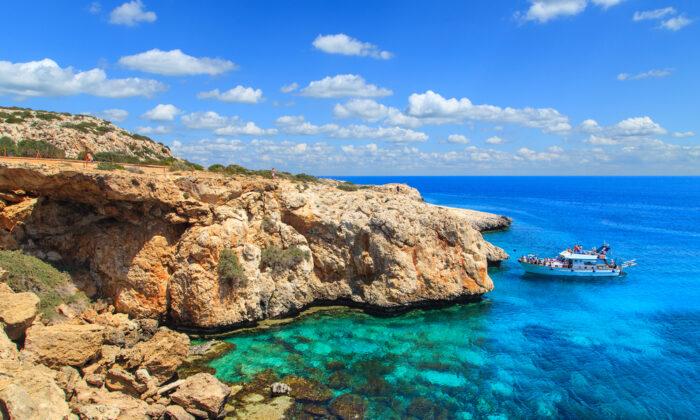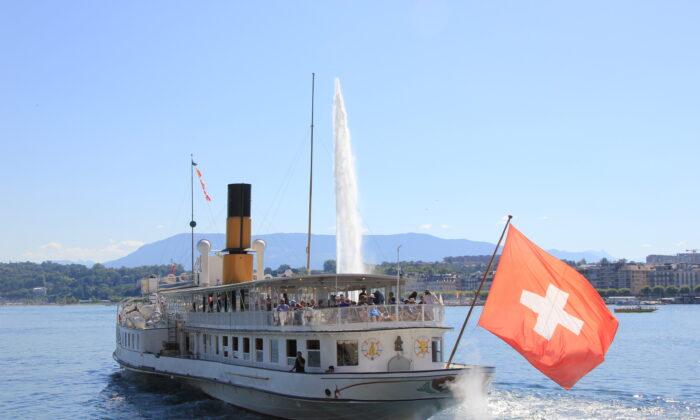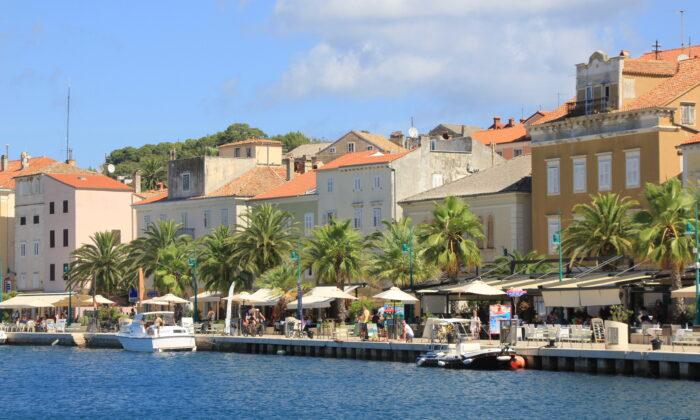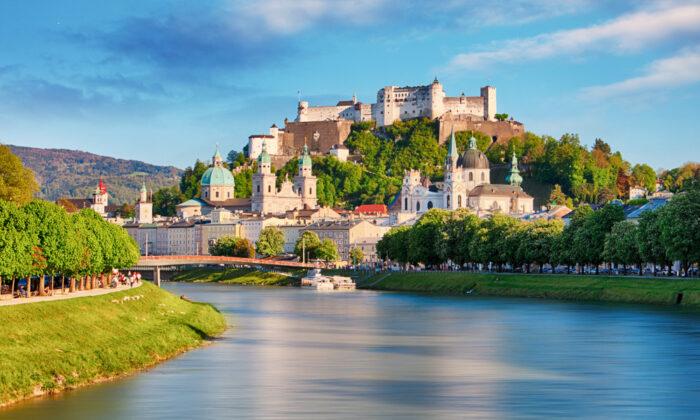On the coast of Cyprus, the Greek goddess of love, Aphrodite, is said to have arisen from the sea foam and gone ashore at Paphos. In all likelihood, it’s because she recognized its unlimited potential—at least that’s my theory.
The third-largest island in the Mediterranean, Cyprus captivates with its historical past, beautiful nature, and culinary diversity. The best time to go is between March and May or September and October, though, because of its moderate climate, any time really is great.
During my trip in February, I discovered a number of ways to enjoy the island.
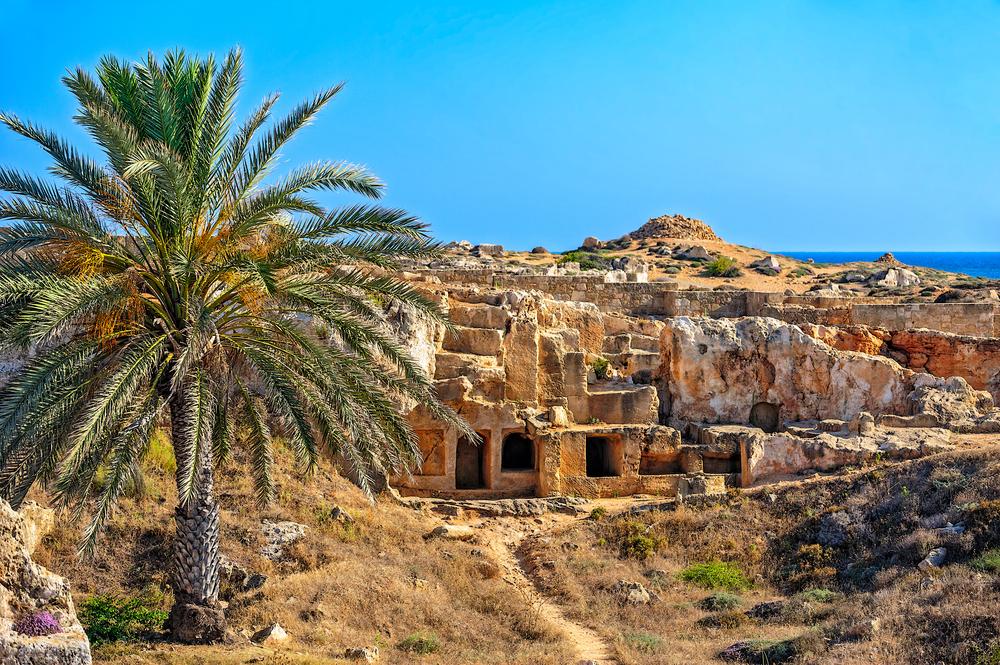
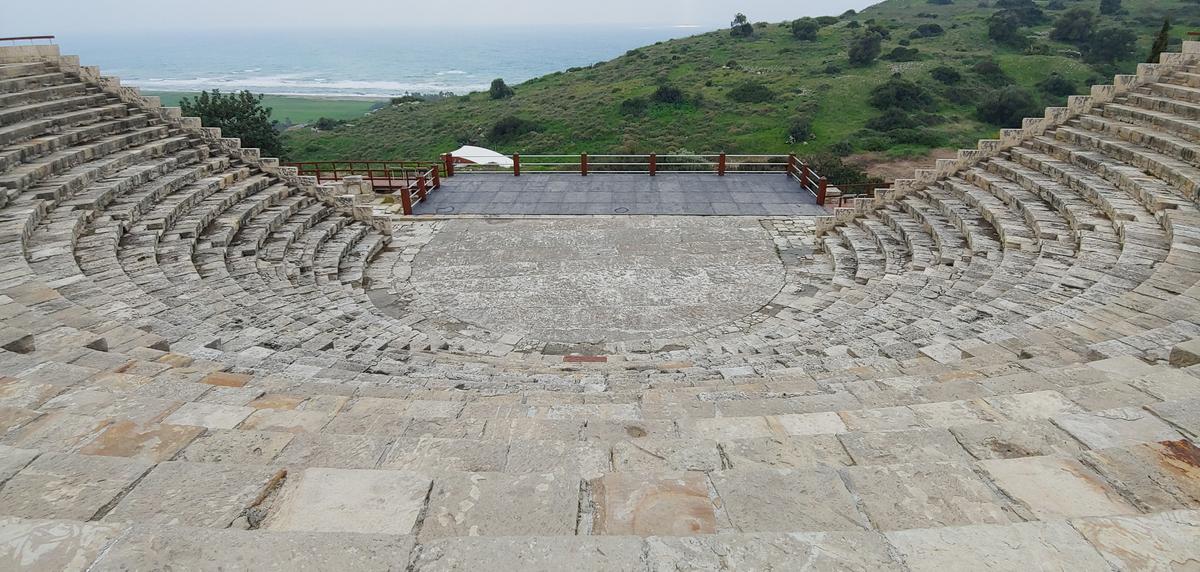
Explore Ancient History
Despite its small size, Cyprus has a grand history. Coveted by empires across the centuries, the island’s enviable position made it a prized possession for those seeking power in the Eastern Mediterranean. There are plenty of archaeological sites, frescoed Byzantine churches, and monasteries to explore.I began my dive into Cypriot history with its most impressive site, Kourion. Located on a hilltop, the wide-spanning remains of this ancient city-state include the public baths, the House of the Gladiators, the forum, and the Greco-Roman theater (still in use today), with the ocean as a natural backdrop.
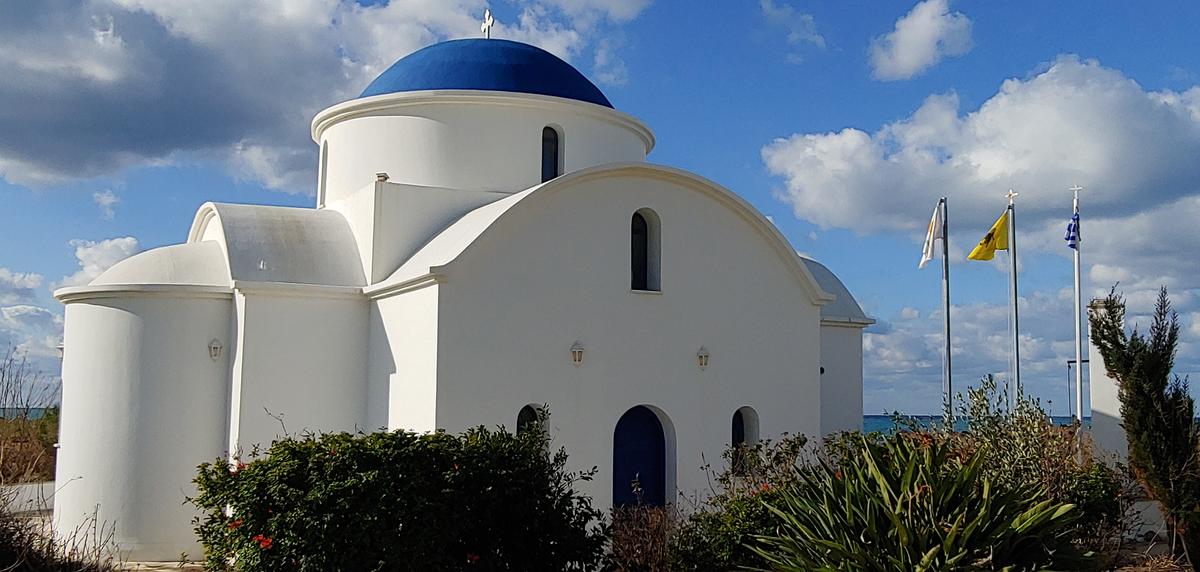
The second, not-to-be-missed attraction is the Tombs of the Kings on the outskirts of Paphos. Rooted in mystery and intrigue, the well-preserved underground chambers date from the 4th century B.C. Carved out of solid rock, some decorated with Doric pillars, they are thought to have been the burial sites of Paphitic aristocrats and high officials. If you’re short on time, make a beeline for tomb No. 3, which contains the most interesting architectural elements, with many columns surrounding its atrium. Other cultural sites worth visiting in Cyprus include Kolossi Castle, Kykkos Monastery, and Cyprus Museum in Nicosia.
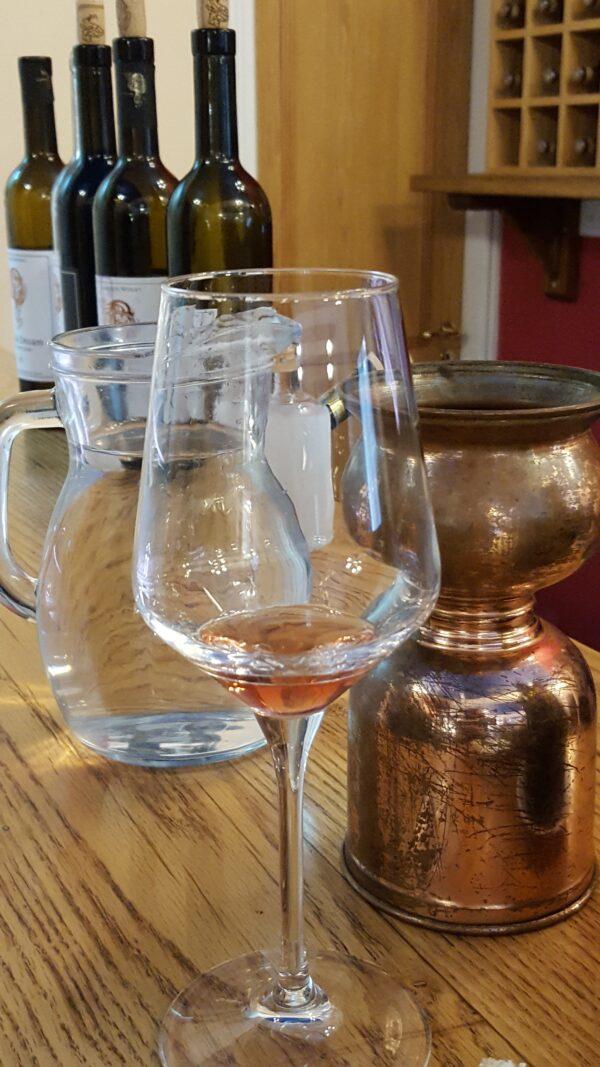
Try the Sweetest Wine
Recent archaeological excavations suggest that wine has been produced in Cyprus for almost 5,000 years, possibly making it the site of the earliest grape harvests in the Mediterranean, if not Europe. The island’s six wine routes have evolved alongside 40 boutique wineries that are attempting to resurrect almost-forgotten indigenous grape varieties such as Mavro (for red and rosé wines) and Xynisteri.“These wines are unique to our country, but that in itself is not enough. There has to be quality too,” Dragos-Adrian Chiper told me as he lined up a number of small tastings on the counter of Lambouri Winery, which traces its history back over 300 years.
“We’re the only producer in Cyprus who makes the biblical Ya’in Kafrisin, one of the world’s oldest wines,” he added.
Another ancient tipple in the producer’s portfolio is the Commandaria, a sweet dessert wine made in the mountain foothill villages of the Troodos range and once called “the wine of kings, and the king of wines” by King Richard the Lionheart. The grapes are picked late and dried in the sun to enhance their sugar content and to give the wine that full-bodied, almost toasted, flavor.
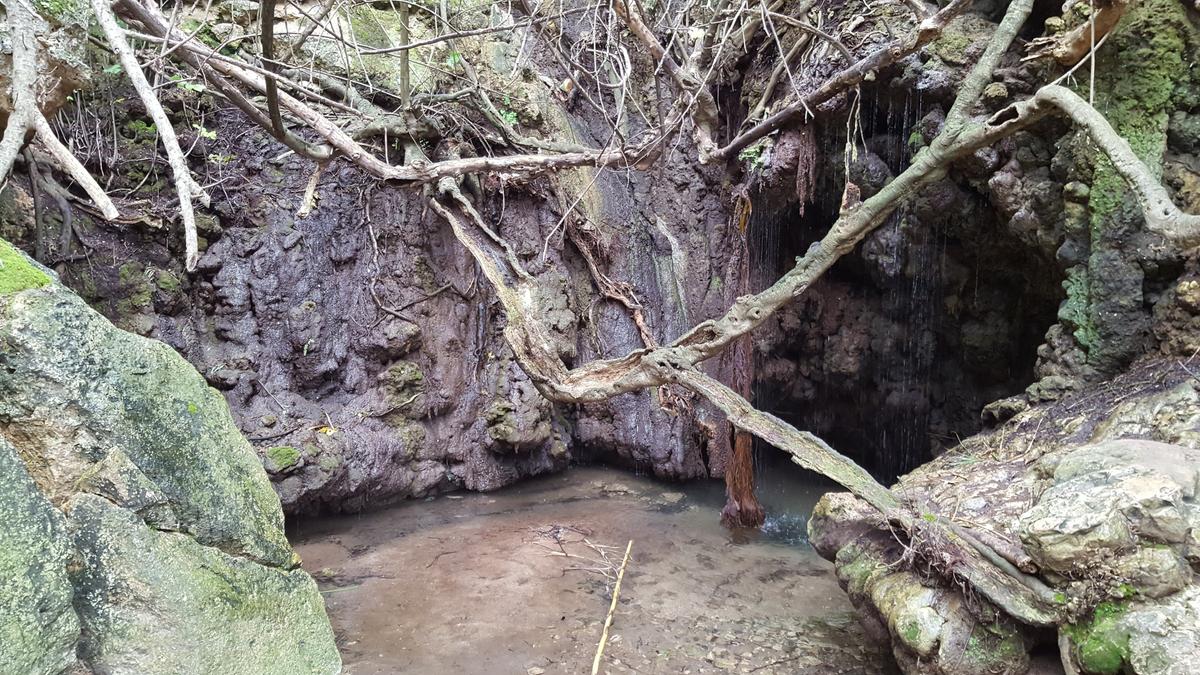
Go on Nature Hikes
Some places are best discovered by walking, and Cyprus is no exception. There is a vast choice of hiking trails that highlight the island’s unique flora and fauna, including some endemic species, and its mining heritage.The walk took nearly two hours at a leisurely pace, and I had enough energy to detour to the first part of the Aphrodite trail, where, according to legend, the goddess Aphrodite took her baths in a small waterfall, located only three minutes’ walk from the car park. Also worth hiking are the Madari Circular Walk, which passes one of the UNESCO World Heritage sites on the island, the Anagia Tou Araka Church of Troodos, and the Artemis Trail, which takes hikers around Mount Olympus.
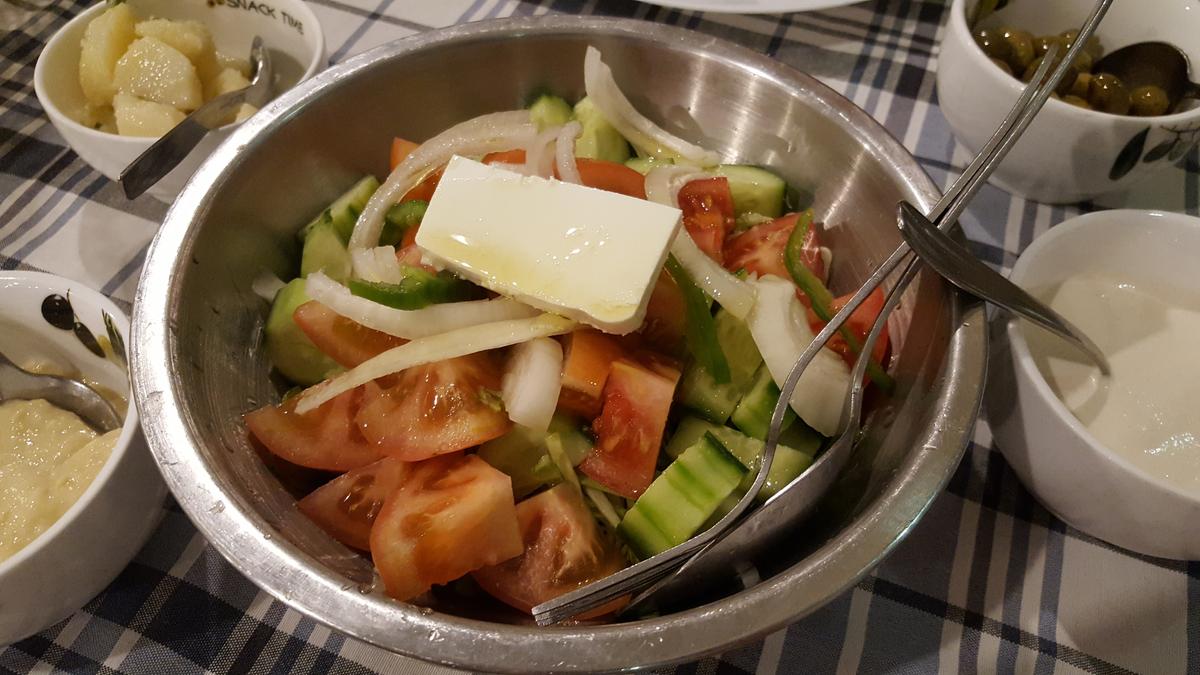
Dine at a Local Taverna
The best way to experience Cyprus’ Mediterranean cuisine is to head to a local taverna and start with ordering meze, short for “mezedes” or “little delicacies.” This rich selection of appetizers and savory dishes comes in up to 20 tastings, ranging from olives to dips of tahini and stuffed vine leaves. All are accompanied by a basket of fresh bread and a bowl of salata horiatiki (village salad).For main courses, fish such as whitebait and red mullet feature heavily on Cypriot menus, as do casseroles such as the famous moussaka. Similar to neighboring Greece, souvlaki (grilled meat stuffed in flatbread) are also culinary favorites.
Cypriot food is cooked fresh, daily, and the diet is a healthy one, apart from the syrup-soaked pastries. Enjoy the local flavors to the fullest while on the island, as they’re hard to come by elsewhere. After munching on some outstanding green olives, I asked the owner of the Wine Leaf Tavern in Pissouri Bay where I could possibly buy these to take home, and he proudly replied, “You can’t. They’ve come from the trees in my garden and I pickled them myself.”
Get Active
While Cyprus is mostly renowned for its cultural offerings, there are plenty of opportunities to get active.Unusual for an island in the Mediterranean, Cyprus also offers the pleasures of winter sports. Skiing can be enjoyed on the slopes of Mount Olympus (6,404 ft.), usually from the beginning of January until the end of March.

